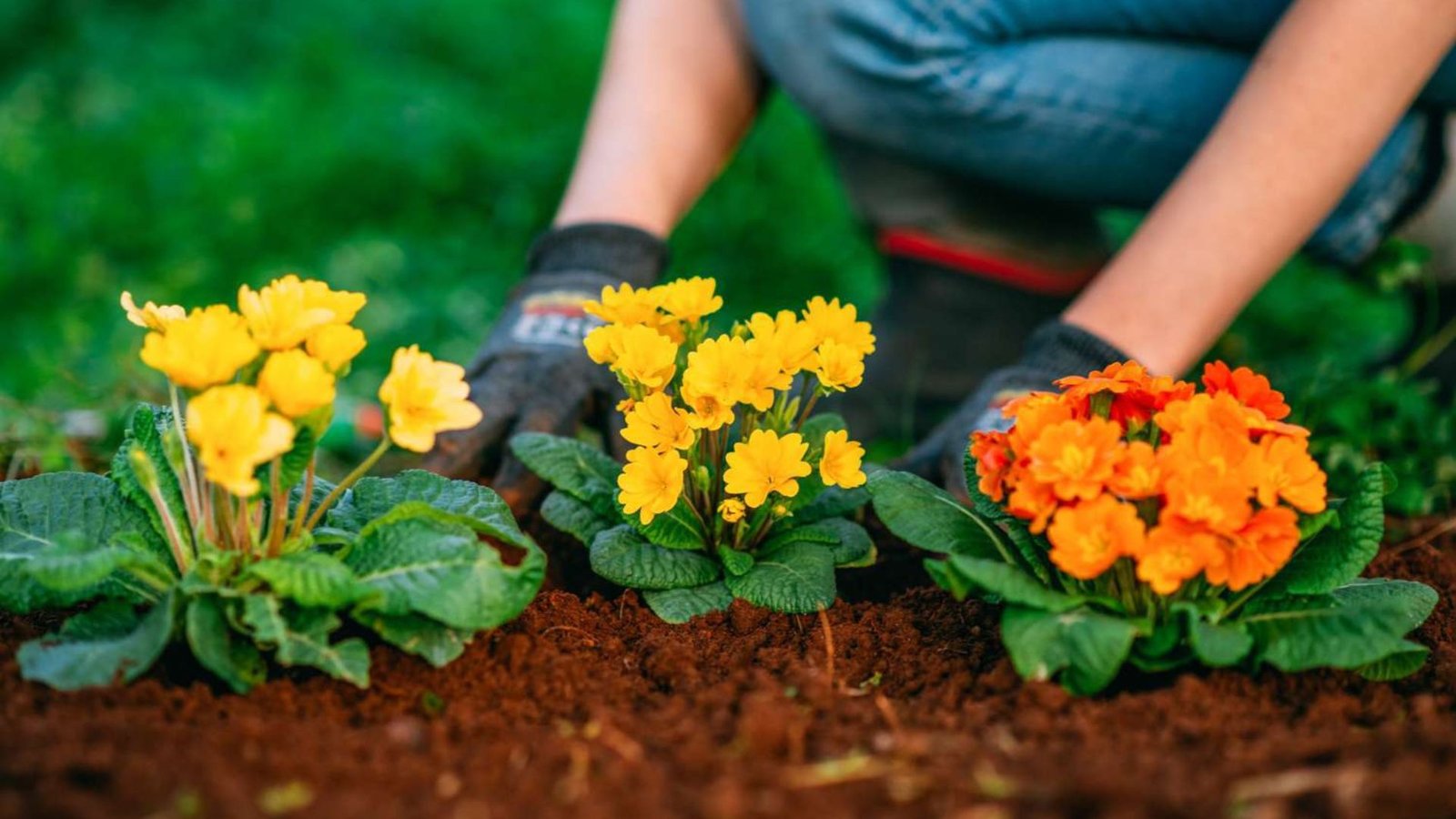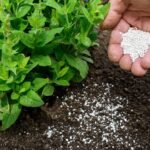Tips for Choosing the Best Plants for Your Garden
Selecting the right plants for your garden is crucial to ensure a thriving and beautiful landscape. Different plants have specific needs, and choosing the best ones for your garden involves considering various factors such as climate, soil, and maintenance requirements. Here are some essential tips to help you choose the best plants for your garden.

Know Your Climate
Understand Your Hardiness Zone: Determine your garden’s hardiness zone using the USDA Plant Hardiness Zone Map. This information helps you choose plants that can tolerate the local climate and seasonal temperature variations.
Consider Sunlight Requirements: Assess the amount of sunlight your garden receives. Choose plants that match the light conditions, whether full sun, partial shade, or full shade. For example, sunflowers need full sun, while ferns thrive in shaded areas.
Analyze Soil Conditions
Test Your Soil: Conduct a soil test to determine its pH level, nutrient content, and drainage capacity. This information helps you select plants that will grow well in your soil conditions. Amend the soil if necessary to meet the needs of your chosen plants.
Improve Soil Quality: Incorporate organic matter such as compost or well-rotted manure to improve soil fertility and structure. This provides essential nutrients and enhances water retention and drainage.
Consider Maintenance Needs
Select Low-Maintenance Plants: If you prefer a garden that requires minimal upkeep, choose low-maintenance plants. Varieties such as lavender, sedum, and ornamental grasses are known for their durability and minimal care requirements.
Plan for Seasonal Interest: Choose plants that offer year-round interest by providing blooms, foliage, or texture in different seasons. This ensures that your garden remains attractive throughout the year.
Think About Space and Growth
Evaluate Plant Size: Consider the mature size of plants when planning your garden layout. Be aware of both height and spread to avoid overcrowding and ensure adequate space for each plant’s growth.
Plan for Growth: Allow room for plants to reach their full size and avoid placing them too close together. This prevents competition for resources and ensures that each plant has sufficient space to thrive.
Choosing the right plants for your garden involves more than just aesthetics; it’s about understanding your environment. Just as savvy gardeners research soil and sunlight, enthusiasts in other fields, like those exploring Australian betting sites, prioritize finding reputable platforms with the best odds. For your green space, start by assessing your local climate and soil type to ensure your selections will thrive.
Consider native species for lower maintenance and better sustainability. Pairing plants with complementary needs can create a harmonious and resilient garden bed, much like a well-balanced portfolio. Remember, the key to a flourishing garden is making informed choices tailored to your specific conditions.
Match Plants to Garden Style
Choose Plants That Fit Your Style: Select plants that complement the overall style of your garden, whether it’s a cottage garden, modern landscape, or formal design. Incorporate plants with colors, shapes, and textures that align with your desired aesthetic.
Create Focal Points: Use plants to create focal points or highlight specific areas of your garden. For instance, plant ornamental trees, sculptures, or large flower beds to draw attention and add visual interest.
Plan for Wildlife and Pollinators
Attract Beneficial Wildlife: Incorporate plants that attract beneficial wildlife, such as bees, butterflies, and birds. Examples include milkweed for monarchs, echinacea for bees, and holly for winter birds.
Support Ecosystems: Choose native plants that support local ecosystems and wildlife. Native plants are adapted to the local environment and require less water and maintenance, making them a sustainable choice for your garden.
Budget and Longevity
Consider Your Budget: Choose plants that fit your budget while still achieving your gardening goals. While some plants may have a higher initial cost, they can offer long-term benefits and reduce the need for frequent replacements.
Plan for Longevity: Select plants that have a longer lifespan and are resilient to local conditions. Investing in hardy and well-adapted plants ensures that your garden remains beautiful and healthy for years to come.
Conclusion
Choosing the best plants for your garden involves understanding your climate, analyzing soil conditions, considering maintenance needs, and matching plants to your garden style. By selecting plants that are well-suited to your environment and gardening goals, you can create a thriving and visually appealing garden. With these tips, you’ll be able to make informed decisions and enjoy a successful gardening experience.



